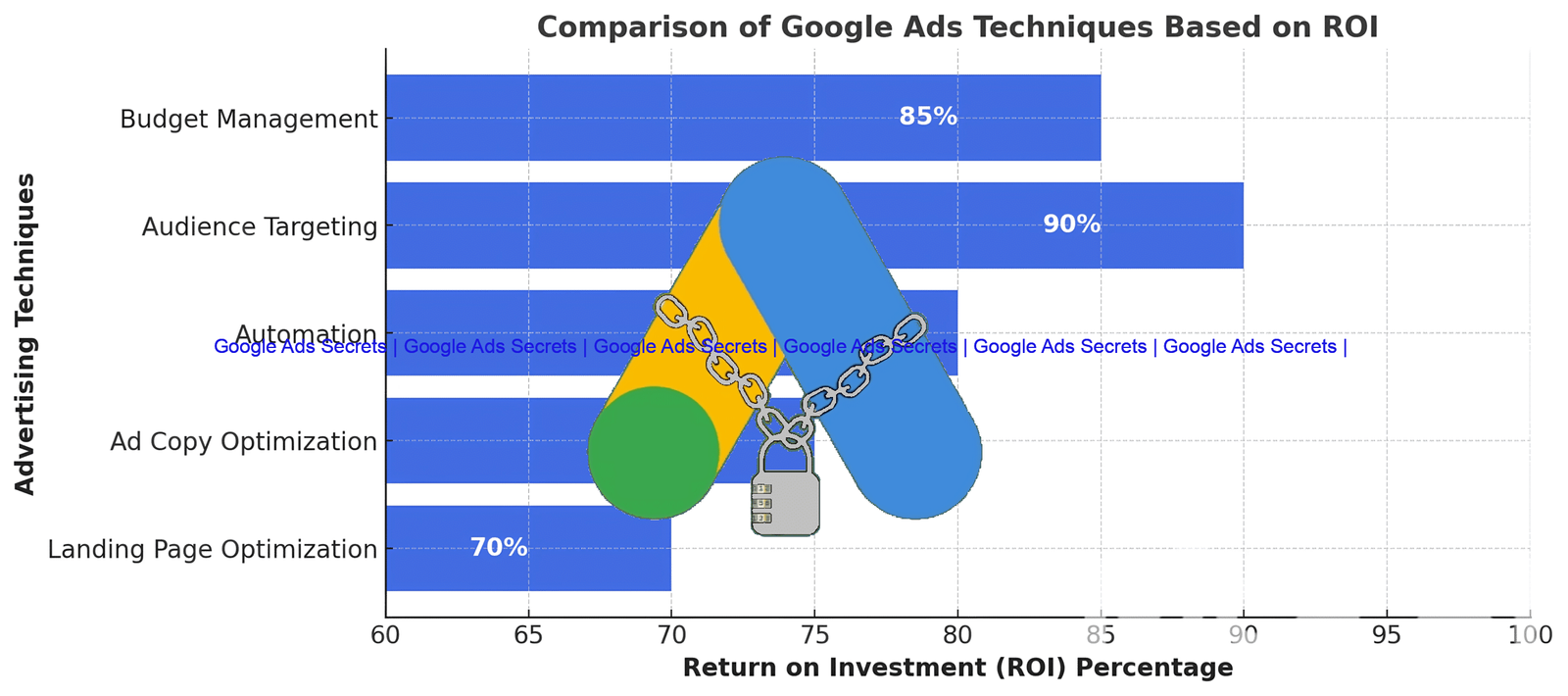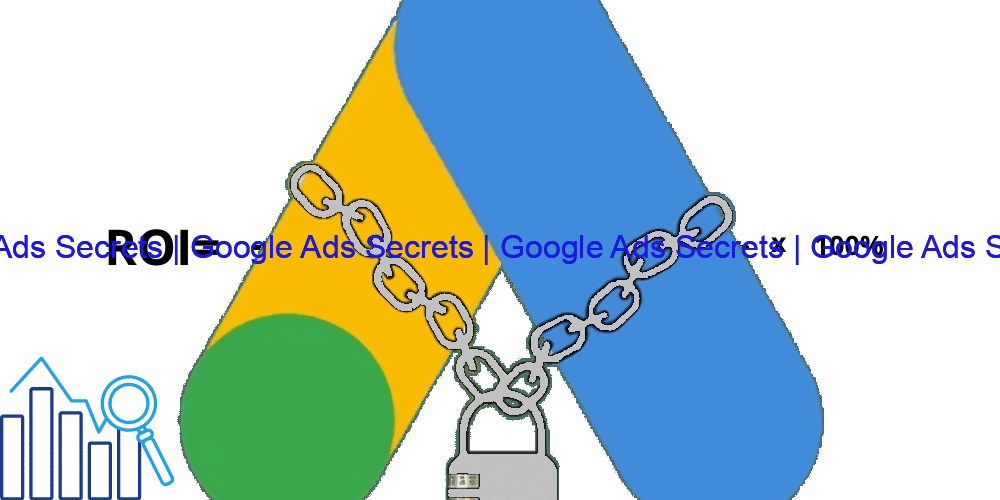In the complex and high-stakes world of business-to-business marketing, a well-executed B2B Google Ads strategy isn’t just an option—it’s a critical engine for growth, lead generation, and market dominance. Unlike the fast-paced, impulse-driven world of B2C, B2B advertising operates on a different plane, characterized by longer sales cycles, multiple decision-makers, and a laser focus on demonstrating tangible return on investment (ROI). Simply applying consumer-focused tactics to a B2B campaign is a recipe for wasted budget and missed opportunities.
This definitive guide will walk you through the nuances of building a powerful B2B Google Ads strategy from the ground up. We’ll explore the foundational pillars, advanced techniques, and critical metrics that separate high-growth B2B advertisers from the rest. Whether you’re a startup looking to acquire your first enterprise clients or an established firm aiming to scale your lead generation, mastering these principles is paramount. For a comprehensive overview of advertising on the platform, our cornerstone article at Google Ads Secrets provides a wealth of information.

Understanding the Core Differences: B2B vs. B2C Advertising
Before diving into strategy, it’s crucial to understand why B2B advertising on Google is a unique beast. The fundamental difference lies in the customer journey and purchase intent. A B2C customer might search, click, and buy a pair of shoes within minutes. A B2B customer, on the other hand, is embarking on a research-intensive journey that can last weeks or months.
- Longer Sales Cycles: A B2B purchase decision for a new software platform or industrial equipment involves demos, proposals, budget approvals, and input from various departments (IT, finance, operations). Your ads need to support this entire journey, not just aim for an immediate sale.
- Multiple Decision-Makers: You’re not advertising to a single person. You’re advertising to a buying committee, which includes researchers, influencers, end-users, and final decision-makers. Your messaging must resonate with the different pain points of each role.
- High-Value Transactions: B2B products and services often have a much higher customer lifetime value (CLV). This justifies a higher cost-per-click (CPC) and cost-per-acquisition (CPA), but it also raises the stakes for every click.
- Focus on Lead Quality over Quantity: Generating a thousand unqualified leads is less valuable than generating five highly qualified leads who fit your ideal customer profile (ICP). Your entire B2B Google Ads strategy must be geared towards attracting the right kind of business. This is a key difference between expert and novice Google Ads advice.
Pillar 1: High-Intent B2B Keyword Research
The foundation of any successful search campaign is keyword research, but a B2B approach requires surgical precision. You must filter out the vast B2C noise to target professionals actively seeking business solutions.
Focus on High-Intent Modifiers
Instead of broad terms, focus on long-tail keywords that signal commercial or research intent. Think about what a procurement manager or an IT director would type. Effective B2B keywords often include:
- Solution-based terms: “CRM software,” “project management platform,” “cybersecurity services.”
- Target audience terms: “for small businesses,” “for enterprise,” “for manufacturers.”
- Action-oriented terms: “vendor,” “supplier,” “provider,” “pricing,” “demo,” “quote.”
As a powerful guideline, prioritizing nouns over verbs in your keywords often yields more qualified traffic, as it focuses on the solution itself rather than a general action.
The Power of Negative Keywords
Your negative keyword list is your most powerful tool for disqualifying irrelevant traffic. It’s how you protect your budget from students, job seekers, and DIY enthusiasts. Your B2B negative keyword list should be extensive and include terms like:
- “jobs,” “careers,” “salary,” “hiring”
- “free,” “tutorial,” “how to,” “course,” “examples”
- “reviews” (unless you’re targeting comparison shoppers)
- “template,” “download” (unless it’s for your gated content)
Furthermore, you must be vigilant against irrelevant close variants that can drain your budget. A specialized script can help you reclaim control and stop wasting money.
Pillar 2: Crafting Compelling B2B Ad Copy
Your ad copy is your digital elevator pitch. It must speak directly to the business professional’s pain points and motivations. Forget flashy, emotional appeals common in B2C; B2B ad copy must be clear, professional, and value-driven.
- Speak to ROI: Frame your solution in terms of business outcomes. Does it increase efficiency, reduce costs, improve security, or generate more revenue?
- Use Professional Language: Address your audience as a peer. Use industry-specific terminology where appropriate to build credibility.
- Highlight Key Features as Benefits: Don’t just list features. Explain what they do for the business. “24/7 Support” becomes “Guaranteed Uptime & Peace of Mind.”
- Include a Clear Call-to-Action (CTA): B2B CTAs are often about starting a conversation, not making a purchase. Use CTAs like “Request a Demo,” “Download Whitepaper,” “Get a Custom Quote,” or “Speak to an Expert.”
For time-sensitive promotions or key value propositions, you can even leverage scripts to pin a specific headline, ensuring it always shows to your target audience.

Pillar 3: The High-Conversion B2B Landing Page
Getting the click is only half the battle. The landing page is where the conversion happens. Sending high-quality B2B traffic to a generic homepage is one of the biggest and most costly mistakes. Your landing page must be a seamless extension of your ad, designed for one purpose: lead generation.
Essential Elements of a B2B Landing Page:
- Message Match: The headline on your landing page should match the ad copy that the user clicked.
- Gated Content: Offer something of high value in exchange for contact information. This could be a whitepaper, an industry report, a case study, or a webinar recording. This is a cornerstone of B2B lead generation.
- Clear and Concise Form: Only ask for the information you absolutely need. Longer forms can decrease conversion rates.
- Social Proof: Display logos of well-known clients, customer testimonials, and industry awards to build trust and credibility instantly.
- No Distractions: Remove the main site navigation and any other links that could lead the user away from the conversion goal. The choice between using a Google My Business profile and a dedicated landing page is clear in this context—always use a dedicated page for lead gen.
Pillar 4: Advanced Targeting and Audience Layers
Keywords are just the beginning. A sophisticated B2B Google Ads strategy uses audience layers to refine targeting and reach the right people within the right companies.
- Remarketing Lists for Search Ads (RLSA): Given the long B2B sales cycle, remarketing is essential. It allows you to bid more aggressively or show different ads to users who have already visited your site.
- Customer Match: Upload lists of your existing customers or leads to either target them with specific offers (upselling) or exclude them from lead generation campaigns to avoid wasting budget.
- In-Market and Affinity Audiences: While often seen as B2C-focused, these can be effective in B2B. Target users “In-Market for Business Financial Services” or with an affinity for “Business News.” Use these as “Observation” audiences first to gather data before switching to “Targeting.”
- LinkedIn Targeting Integration: While not a direct feature, you can align your Google Ads campaigns with your LinkedIn Ads efforts. Use LinkedIn for hyper-specific targeting by job title, company size, and industry, and use Google Ads to capture their search intent. Many insights from platforms like HubSpot‘s blog confirm the power of this multi-platform approach.
Pillar 5: Bidding, Budgets, and Measuring What Matters
B2B bidding strategies must prioritize lead quality and long-term value over short-term volume. Your approach to bidding and measurement is where your strategy truly comes to life.
Smart Bidding for B2B
While manual bidding can be useful to gather initial data, transitioning to a Smart Bidding strategy is key for scaling. However, you must feed the algorithm the right data.
- Track Meaningful Conversions: Don’t just track a form submission. Track a qualified lead. This requires integrating your Google Ads account with your CRM (like HubSpot or Salesforce) to pass back data on which leads turn into opportunities and sales.
- Use Target CPA or Maximize Conversions: Once you have reliable conversion data, Target CPA (Cost Per Acquisition) can help you control lead costs. Maximize Conversions is great for driving as many leads as possible within your budget. Stay updated on Google’s changes, like the “Consist Mode” update, which can impact bidding strategies.
Key B2B Performance Indicators (KPIs)
Move beyond surface-level metrics like clicks and impressions. These can be misleading; high impressions with zero clicks is a common issue that needs diagnosing. Your true north stars are:
- Cost Per Lead (CPL): The total cost to generate one lead.
- Cost Per Qualified Lead (CPQL): A more important metric, this is the cost to generate a lead that meets your criteria.
- Lead-to-Customer Rate: The percentage of leads that become paying customers.
- Return on Ad Spend (ROAS): The ultimate measure of profitability.
Understanding these critical Google Ads metrics is fundamental to proving the value of your campaigns to stakeholders. The formula for ROI is a constant reminder of this ultimate goal.

Integrating with the Broader Marketing Ecosystem
Your B2B Google Ads strategy doesn’t exist in a vacuum. It should be tightly integrated with your broader marketing efforts, particularly SEO.
The PPC and SEO Flywheel
Insights from your Google Ads campaigns are a goldmine for your SEO strategy. Keywords that convert well in PPC are prime targets for organic content creation. Conversely, a strong organic presence builds brand trust and can lower your advertising costs. Understanding how PPC and SEO work together creates a powerful growth loop. Resources like Moz and Search Engine Journal are excellent for deepening your knowledge in both areas.
Expanding to International B2B Markets
For B2B companies with a global footprint, localization is key. This goes beyond simple translation. It means understanding local business customs, search behavior, and establishing a local presence. For instance, when targeting the Middle East, listing your business in local directories like ArabiaSEO, Arab Directory, and the Yellow Pages UAE can build trust and local relevance. Continuous learning through platforms like Coursera or, for Arabic-speaking markets, Edraak, is crucial for staying ahead.
Conclusion: Building a Sustainable B2B Growth Engine
A winning B2B Google Ads strategy is a marathon, not a sprint. It’s a strategic, data-driven discipline that requires patience and a deep understanding of your customer. By focusing on the core pillars—high-intent keywords, value-driven ad copy, frictionless landing pages, smart targeting, and meaningful measurement— you can transform Google Ads from an expense into a predictable and scalable engine for high-quality lead generation.
The landscape is always changing, as seen with new bidding systems and ad formats. Prioritizing fundamentals like Quality Score optimization and using automated scripts to handle repetitive tasks will keep you ahead of the curve. If you’re ready to build or refine your B2B strategy, consider a professional ad account audit or a general consultation to unlock your full potential. For more actionable advice, explore our Google Ads tips or check out the full blog.
For direct inquiries, you can reach out to expert Hisham Ezzat on LinkedIn or contact us via WhatsApp.
Frequently Asked Questions (FAQ)
1. What is the biggest mistake companies make with their B2B Google Ads strategy?
The most common mistake is using B2C tactics. This includes targeting overly broad keywords, writing generic ad copy that doesn’t speak to business pain points, and sending traffic to a homepage instead of a dedicated, lead-capture landing page. This approach ignores the long, research-heavy B2B buyer journey.
2. How much should a B2B company budget for Google Ads?
There’s no magic number. Instead of focusing on a total budget, focus on your target Cost Per Qualified Lead (CPQL) and the lifetime value (LTV) of a customer. A successful B2B strategy is an investment, not an expense. A good starting point is to budget enough to get at least 10-20 conversions per month to give Google’s algorithm enough data to optimize.
3. Is Google Ads better than LinkedIn Ads for B2B?
They are different tools for different jobs, and they work best together. LinkedIn Ads offers unparalleled targeting based on job title, company, and industry, making it ideal for proactive outreach (demand generation). Google Ads is superior for capturing existing demand—targeting users who are actively searching for a solution you provide. A strong B2B strategy uses both.
4. How long does it take to see results from a B2B Google Ads strategy?
Due to the long sales cycle, results take longer to materialize than in B2C. You may see initial leads within the first month, but it can take 3-6 months or longer to gather enough data, optimize campaigns, and see a clear return on investment as those leads move through your sales funnel and become customers.
5. Why is Quality Score important for a B2B Google Ads strategy?
Quality Score is crucial because B2B keywords are often highly competitive and expensive. A higher Quality Score—driven by strong ad relevance, expected click-through rate, and landing page experience—lowers your cost-per-click (CPC). This means your budget goes further, allowing you to compete more effectively for high-value clicks. For more on this, see our tip on prioritizing Quality Score optimization.

